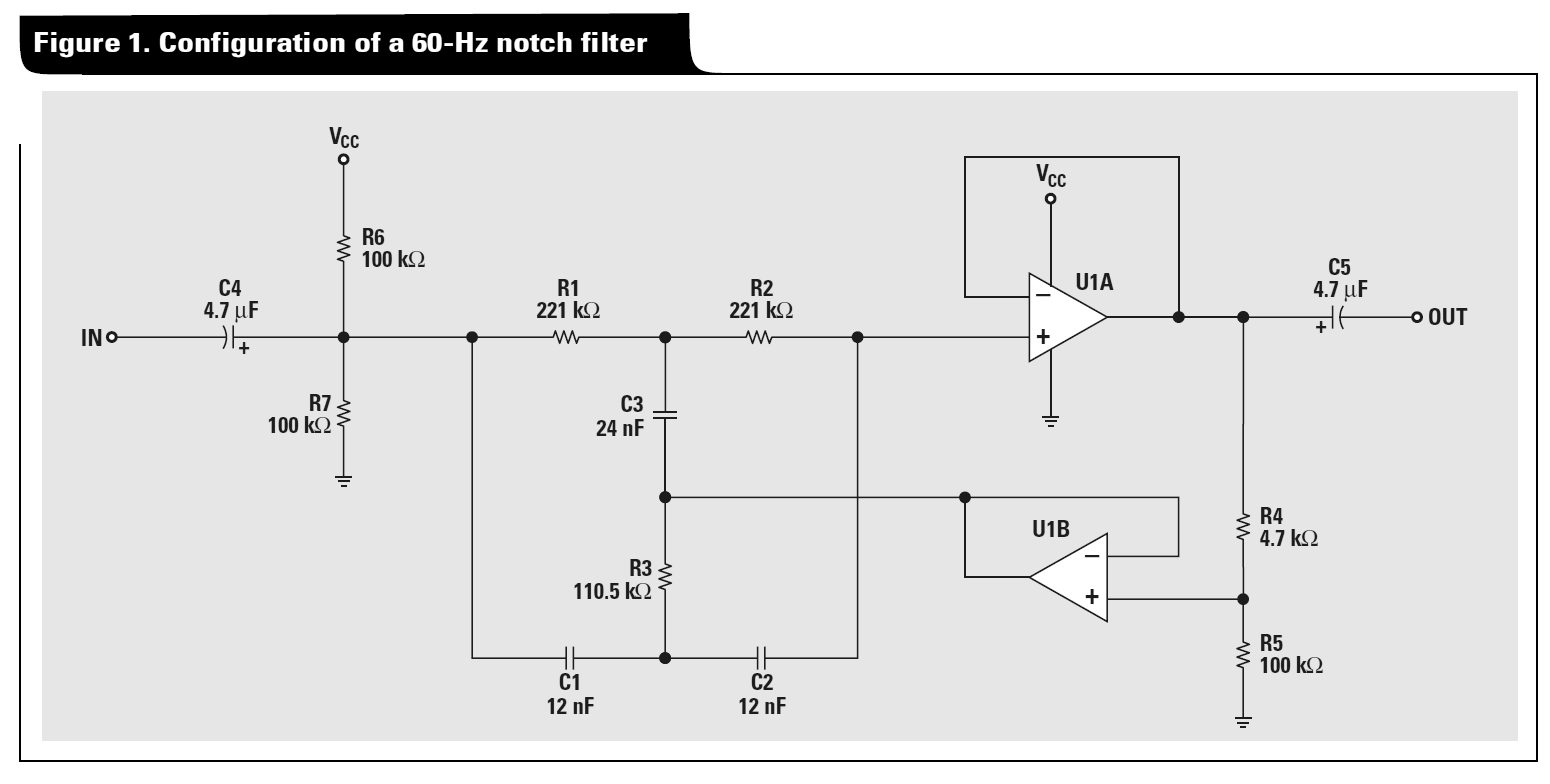The Delta-Star transform can be used to analyze the Twin-T network using the following procedure:
- The two T networks can be converted into twin Delta networks in parallel:

- Condense these two Delta networks into a single Delta network
Convert the resulting Delta network back into a T network.
To see the notch behavior of the passive twin T, assume node 2 is tied to ground, and treat the Delta network you got in step 3 as a voltage divider.
You'll find a transfer function of
$$H(s) =\frac{s^2 + {\omega_0}^2}{s^2 + 4s\omega_0 + {\omega_0}^2}$$.
To see the effect of bootstrapping, assume that node 2 is held at a voltage αVout, where α is some scaling factor between 0 and 1. The T-network still acts as a voltage divider, dividing between Vin and αVout. To find the behavior of the system, we need to solve the equation $$v_\textrm{out} = \alpha \cdot v_\textrm{out} + H(s) ( v_\textrm{in} - \alpha\cdot v_\textrm{out} )$$, where $$H(s)=Z_2/(Z_1 + Z_2)$$ is the transfer function without feedback. Doing this, we find a new transfer function: $$G(s) = \frac{1}{(1-\alpha)\frac{1}{H(s)} + \alpha}$$. Note that for \$\alpha=0\$ (no feedback), we have \$G(s)=H(s)\$, as expected. For \$\alpha=1\$, the system becomes unstable. Plotting this function for values of alpha between 0 and 1, we find a huge increase in the Q of the notch.
The resulting transfer function is:
$$G(s) =\frac{s^2 + {\omega_0}^2}{s^2 + 4s\omega_0(\alpha - 1) + {\omega_0}^2}$$.
Here's what the frequency response looks like, as the feedback gain \$\alpha\$ is changed:
 The algebra of the various transforms is a bit tedious. I used Mathematica to do it:
The algebra of the various transforms is a bit tedious. I used Mathematica to do it:
(* Define the delta-star and star-delta transforms *)
deltaToStar[{z1_,z2_,z3_}]:={z2 z3, z1 z3, z1 z2}/(z1+z2+z3)
starToDelta[z_]:=1/deltaToStar[1/z]
(* Check the definition *)
deltaToStar[{Ra,Rb,Rc}]
(* Make sure these transforms are inverses of each other *)
starToDelta[deltaToStar[{z1,z2,z3}]]=={z1,z2,z3}//FullSimplify
deltaToStar[starToDelta[{z1,z2,z3}]]=={z1,z2,z3}//FullSimplify
(* Define impedance of a resistor and a capacitor *)
res[R_]:=R
cap[C_]:=1/(s C)
(* Convert the twin T's to twin Delta's *)
starToDelta[{res[R], cap[2C], res[R]}]//FullSimplify
starToDelta[{cap[C], res[R/2], cap[C]}]//FullSimplify
(* Combine in parallel *)
1/(1/% + 1/%%)//FullSimplify
(* Convert back to a T network *)
deltaToStar[%]//FullSimplify
starToVoltageDivider[z_]:=z[[2]]/(z[[1]]+z[[2]])
starToVoltageDivider[%%]//FullSimplify
% /. {s-> I ω, R -> 1/(ω0 C)} // FullSimplify





